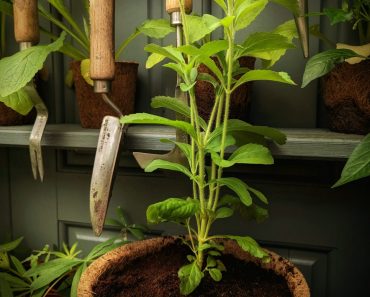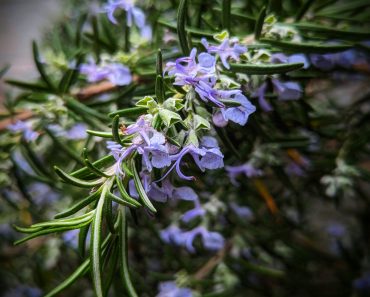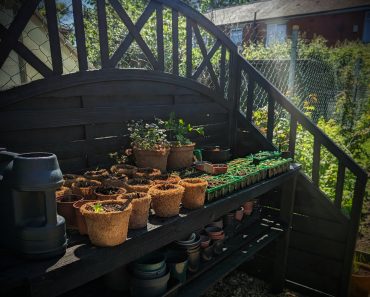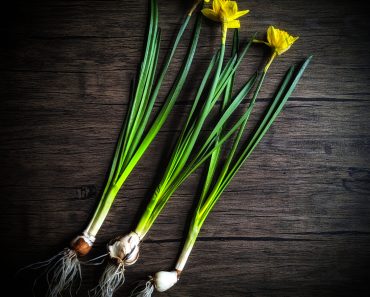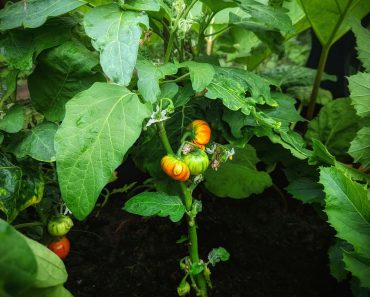Astrantia also known as masterwort is an incredibly beautiful and unusual plant! Preferring a dappled shade spot, these gorgeous Perennial plants are perfect for planting under trees or in shrub borders. Here’s how to grow and Care for Astrantia …
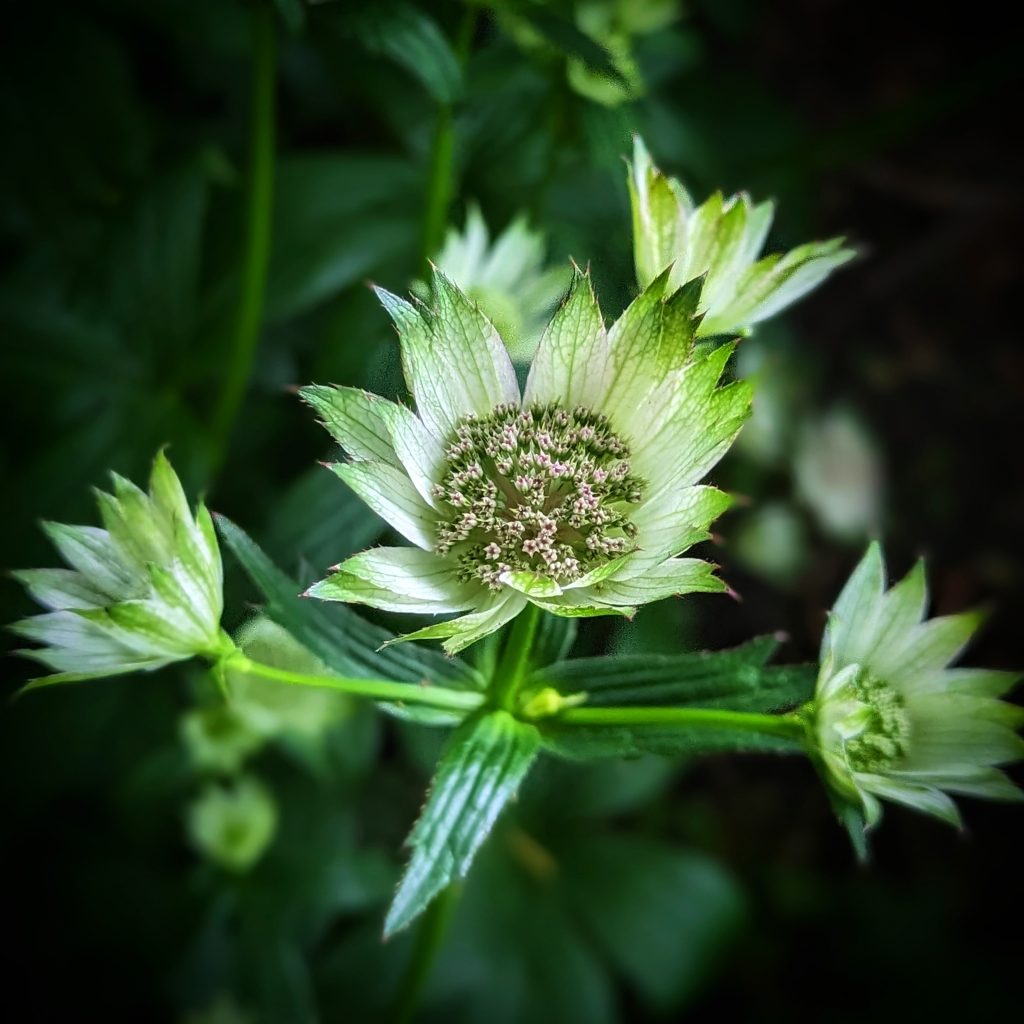
Astrantia Characteristics
Astrantia is a member of the Apiaceae family, or carrot family, it can grow as tall as 2ft with a spread of 1-2 ft with flowers arriving late spring to early summer. The stems are thin, branched and almost leafless with flowers presenting on top. The flowers are a group of tightly packed florets that can be pink, white or red in colour, they are surrounded by petal -like bracts with a papery texture. The star-like blooms are faintly fragrant and attract all manner of insect life including bees.
Astrantia Origins
The name Astrantia is derived from the Latin word ‘astrum’, meaning ‘star’. Aptly named! Astrantia is native to Eastern Europe, Central Europe and Asia, where it grows mainly in mountain meadows and in the dappled shade of forest clearings. It has been living comfortably in the UK since the 16th century and has even naturalised in Shropshire and Worcestershire.
Astrantia Other Names
Astrantia major is also known as Masterwort, Great Masterwort, Carnic Masterwort, Melancholy Gentleman or Hattie’s Pincushion.
Astrantia Flowers Symbolism
The symbolic meaning of the Astrantia flowers are dependant on the colour, for example…
- White Astrantia flowers symbolise purity and innocence
- Pink Astrantia Flowers represent youth, grace and womanhood
- Red Astrantia Flowers speak of Passion, strength and courage
Astrantias as Cut Flowers
Astrantias make a wonderful cut flower! The long lasting blooms and attractive foliage make them perfect for homegrown floral arrangements. Also, thanks to their symbolic references they are also a wonderful plant or bouquet to gift on birthdays, anniversaries or as a gesture of love, appreciation or gratitude.

Astrantias as a dry Flower
Astrantias dry very well! Maintaining their shape and colour. Cut the flowers in summer then hang them to dry in a warm, dry environment out of direct sunlight
Planting Ideas For Astrantia
Astrantia are a fabulous choice for mixing with large ornamental grasses in a perennial border, you could even pair their muted tones with showier plants such as Peonies, Hydrangeas, Roses, Lilies, Delphiniums, Dahlias and Hollyhocks
8 Beautiful Astrantia Varieties to try
- Astrantia ‘Bloody Mary’ – Dark green leaves and dark red flowers with a silvery green centre.
- Astrantia ‘Claret’ – Deep Red Pincushion like flowers
- Astrantia major ‘Alba’ – White Blooms with dark Green foliage
- Astrantia ‘Star of Fire’ – Deep red bracts tipped with black with green leaves edged in pink and black.
- Astrantia ‘Madeleine-van-Bennekom’ – Green-tipped white flowers
- Astrantia ‘Buckland’ – Green and pink flowers on wiry stems
- Astrantia major ‘Burgundy Manor’ – ruby-red pincushion flowers
- Astrantia major ‘Rose symphony’ – A symphony of red and pink shades!
How To Grow Astrantia Major
There are 3 ways to get started on your Astrantia Journey…
Affiliate links
- Buy an Astrantia Plant
- Grow Astrantia From Seed
- Propagate through Division
How To Grow Astrantia From Seed
*Astrantia seeds need to be cold stratified in order to germinate and break their dormancy. To do this simply place the seeds on a damp piece of kitchen roll, pop in a polythene bag and store in the fridge for 3-5 weeks before sowing
Sow indoors – January to March
- Sow Seeds thinly in pots, trays or modules of compost, cover with a light sprinkling of compost
- Cover with a propagator lid, cellophane bag or cling film
- Germination can take 21-30 days and can be slow and erratic
- When large enough to handle, prick out and pot on into larger pots
- Plant Out once all chances of frost has passed * Be sure to harden off indoor raised seedlings first
What Does Hardening Off Mean?
Plants raised indoors or in a greenhouse environment, need to be acclimatised to cooler temperatures and increased air movement for about two to three weeks before they are planted outdoors permanently. This is a ‘toughening up’ practice to prepare the plants for their new environment.
How to Harden Off
Place your plants out for a couple of hours in a shady part of the garden. The next day, leave them out again for two hours, but this time allow the plants an hour of direct sunshine in the morning. Gradually continue to increase the length of time the plants are in direct sunshine over the course of roughly two weeks.
Sow Outside August-September
- Sow thinly in small pots of compost, cover with a light sprinkling of compost and place outside
- Once seedlings emerge, prick out and pot on into larger pots
- Plant in their final spot the following spring
Propagating Astrantia Through Division
Astrantias are best divided in spring. To do this, simply lift the plant with a garden fork and pull the plant apart, dividing and separating the root structure. Replant straight away or pot the divisions on into pots.
Where To Plant Astrantia
Astrantia like a moist but well-drained soil in a part shade or light sun spot. Perfect for Formal, Informal, Cottage gardens and Wild garden settings. Happy to grow in pots or in the ground.
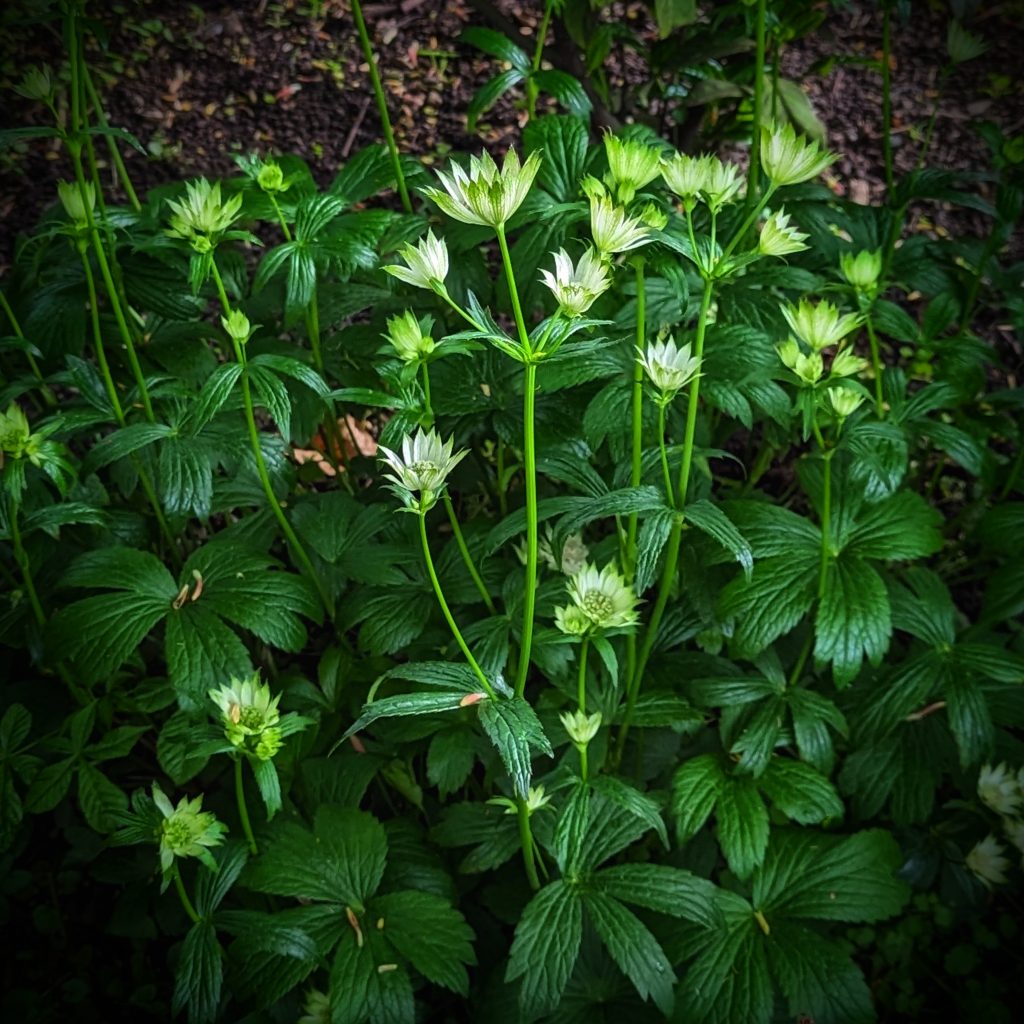
Astrantia Water Requirements
Water Regularly, more so during periods of drought
Deadheading Astrantia
Be sure to keep on top of the deadheading! Remove spent flowers to encourage a second flush of blooms!
Common Astrantia Problems
For the most part Astrantias are trouble-free plants and rarely do they attract pests like snails or slugs either. However, Astrantia can be susceptible to powdery mildew-To remedy this, cut back the affected leaves in Autumn and burn the leaves (do not compost). For some added assurance add a layer of mulch to the soil to prevent the emergence of any fungal spores the following spring.
Looking For More Flower Growing Posts?
- How To Grow Lobelia
- How To Grow Cirsium Rivulare
- How To Grow Delphiniums
- How to Grow Dahlias
- How To Grow Sweet Pea
- How To Grow Snapdragons
- How To Grow Cosmos
- How To Grow Verbena
Looking For more ‘Homely’ Inspo ?
Have a Nosey Around the Blog! See what i’ve been Baking, Growing and Brewing! Also, pop over and say Hi on Instagram
Check Out These Frugal DIY Posts too…
- DIY Potting Bench made from scrap materials
- DIY Rustic Fence Made From Branches
- Make a Free DIY Crazy Paving Path
- DIY Shed From Old Doors
- DIY Potting Shelter
- DIY Free Greenhouse
- DIY Bee Hotel

